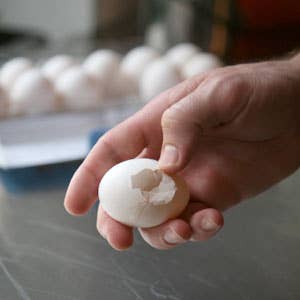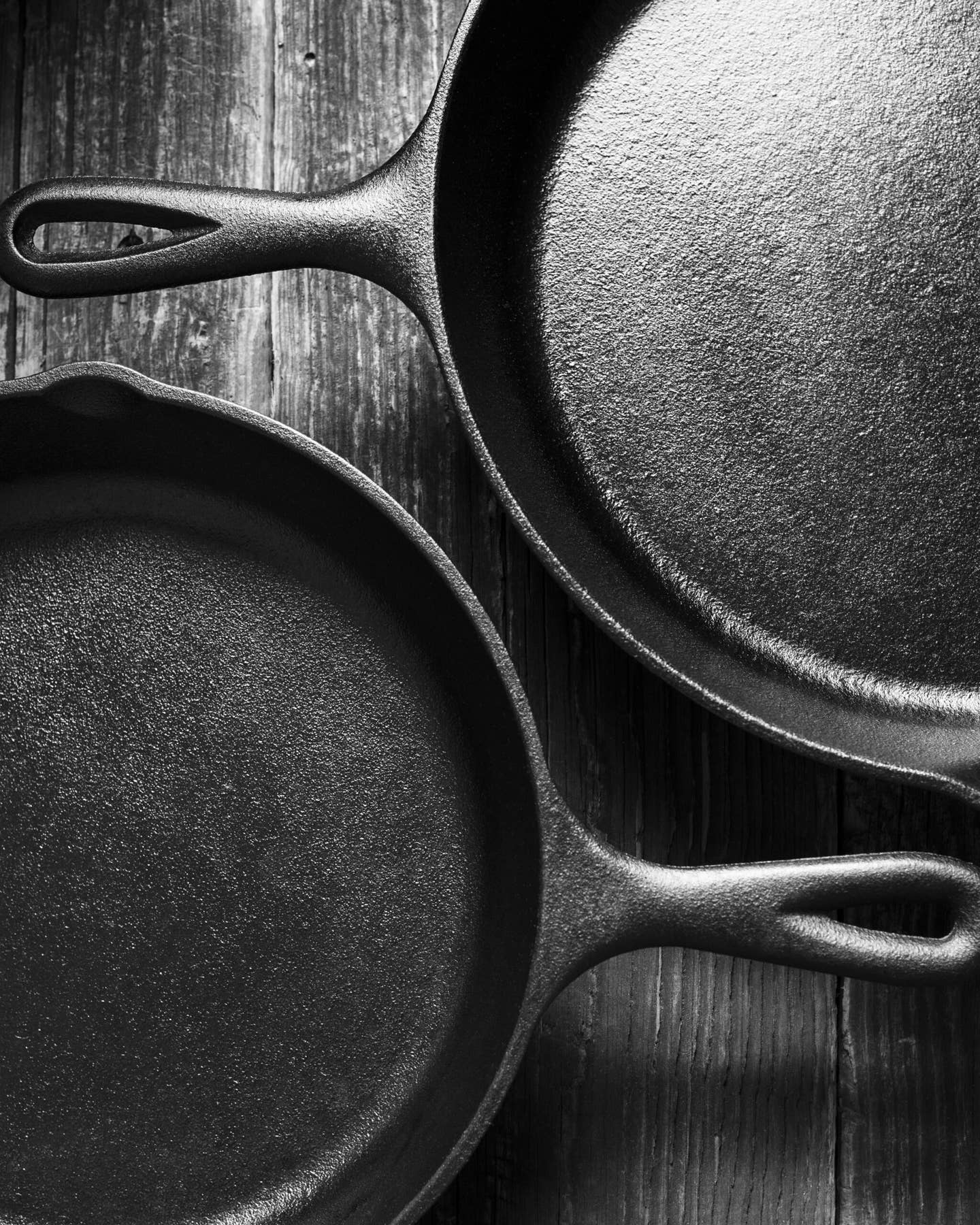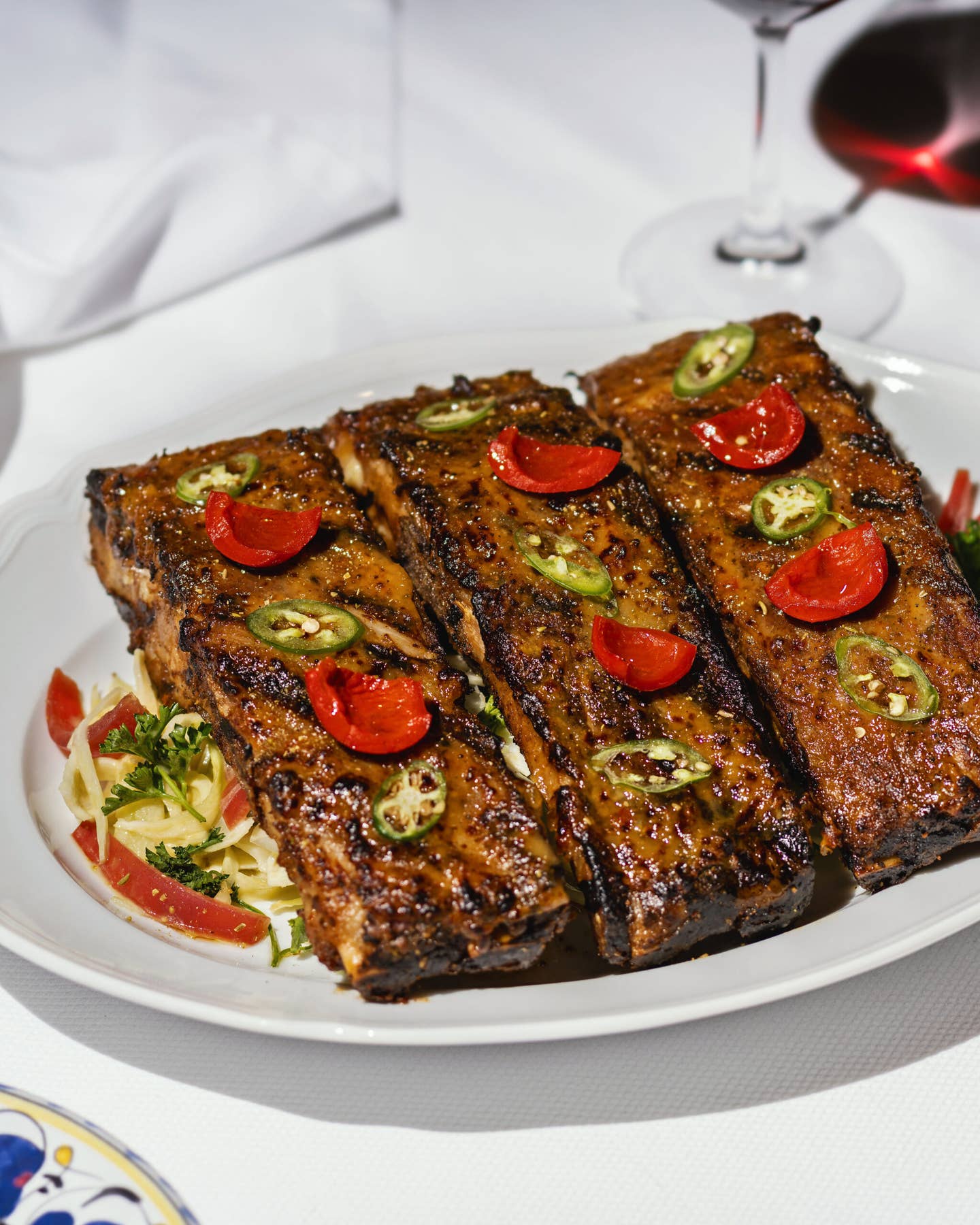
All in the Wrist
Cracking an egg is such an elementary part of making breakfast that most people rarely pause to think about it, but, as we cracked dozens on dozens of eggs while testing the recipes for this issue, I soon noticed that the egg crackers in our test kitchen fell into two camps: those who break the shell on the side of a bowl or skillet and those who do so on a flat countertop. I belong to the former group, and, throughout my years as a cook, its method has served me well. When I asked SAVEUR's food editor, Todd Coleman, a proponent of the countertop technique, about its purported advantages, he directed me to CookWise (Morrow, 1997), the excellent cooking reference by the food scientist Shirley O. Corriher, who says that cracking an egg on a hard, flat surface prevents the shell from shattering into little pieces.
Eager to promote my method, I discussed with Todd a 2005 article in The New Yorker that profiled professional egg cooks. In it, author Burkhard Bilger writes about Joel Eckerson of Las Vegas's Flamingo hotel: "[Eckerson] rapped the first egg on the rim of the pan, twisted it into two hemispheres, and opened it as cleanly as if it were a Faberge Easter egg." I also tracked down Howard Helmer, a champion egg cracker, who holds the Guinness World Record as the world's fastest omelette maker. I was gratified to find out that he, too, is an edge-of-the-pan man.
Still, out of a sense of curiosity, I decided to give the flat-surface method a try, cracking my next dozen eggs on the test kitchen's stainless-steel countertop. The verdict? I couldn't really tell the difference. The results were neither better nor worse than they were with my old way of breaking eggs. I got back on the phone with Helmer, who is a representative of the American Egg Board. To be honest, he said, the cracking surface doesn't really matter that much. More important is the egg cracker himself: for a clean break and the smallest number of stray shards, the egg should be brought down against the counter or the skillet's edge with a single swift, assertive motion. "People think the shell is so difficult that they have to rap, rap, rap it," Helmer said to me. "People should be a little more fearless."
Keep Reading
Continue to Next Story










